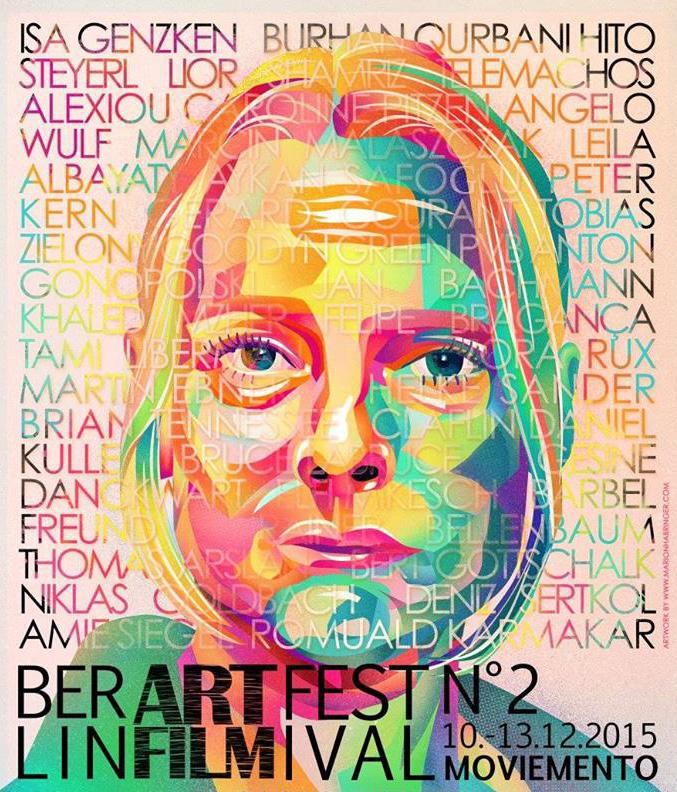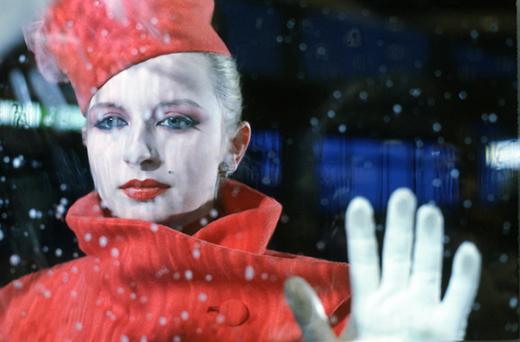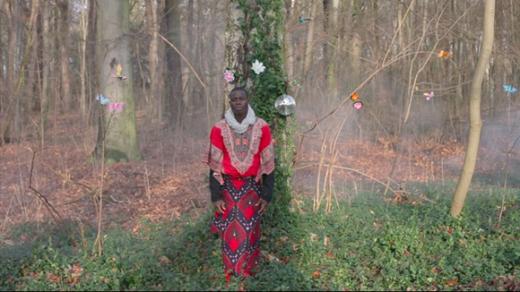Learning a Different Berlin: The 2nd Berlin Art Film Festival
Learning a Different Berlin: The 2nd Berlin Art Film Festival

Cloaked in a monochrome of gray and cursed with sunlessness, Berlin this time of the year is a shadow of its summer sister. No doubt there are those who appreciate the Berlin winter aesthetic, and one could argue this season of scantiness is intrinsic to the very essence (if such an essence could ever be pinpointed) of Berlin: vast, sparse, and always somehow tiptoeing along an asymptote of renewal. Berliners like to flirt with summer, but it’s the winter where one’s love for this city is truly tested, revisited, and ultimately deepened.
More than anything, the 2nd Berlin Art Film Festival this past weekend felt like a love letter to Berlin. The mission of the festival has always been to use film to show a “different Berlin”. With a wide-reaching program of 47 films and events like panel discussions and exhibits, the festival presented a mosaic of many different Berlins past and present, honoring the city’s history as a site of inspiration and production for artists.

Festival selection Ticket of No Return, image provided by Berlin Art Film Festival
There is the Berlin who gives space for queer art and subcultures, as shown in festival selections "A.K.A. Fuck" (2015) by Pretty Vacant Boys and the "Dream of Norma" (2010) by Telémachos Alexiou starring genderqueer performer Vaginal Davis.
There is the Berlin who had a Wall that fell, whose wastelands and reconstruction are captured in festival highlight Colourette (Farblein) (1992) by Bärbel Freund and Rainer Bellenbaum, a documentary that captures the color palettes of West and East Berlin in a new city bent on revitalization.
There is the Berlin with the long legacy of experimental and avant-garde production, the home to artists like Isa Genzken, Lior Shamriz, and the Deutsche Film und Fernsehakedemie Berlin—all of whom were specially featured in this year’s festival.

Festival Selection Escape from my Eyes, image provided by Berlin Art Film Festival
Then there is the Berlin of conflict and constraint, whose space remains off-limits to refugees and seems stuck in a cycle of commercial development, gentrification, and displacement. The sold-out “Post-Migrations” screening in this year’s program explored a politics of space contradictory to the oft-cried narrative of Berlin as place of freedom and openness: in reality, not everyone who lives in Berlin can move through it freely or call the city their own. For example, festival highlight Napps – Memoire of an Invisible Man (2015) by Tami Liberman tells the story of a West African asylum-seeker living in Berlin without a work permit; though he provides the story and cinematography to the film, he cannot show his face on screen for fear of exposure and calls himself, somewhat cheekily, Mr. X.
Which Berlins have you seen? Which are unfamiliar and why? How do these Berlins co-exist in a city’s imagination of itself—in your imagination of your relationship with the city?
Through these questions, the Berlin Art Film Festival suggests that to know Berlin (or to get to know any place) is to discover its tensions, to learn a wider spectrum of its idiosyncrasies, to witness its summers, winters, and all the darkness and light in between.
: : : : :
Find our interview with the festival's main organizer Toby Ashraf here
2nd Berlin Art Film Festival
10. - 13.12.2015 @ Moviemento
more info